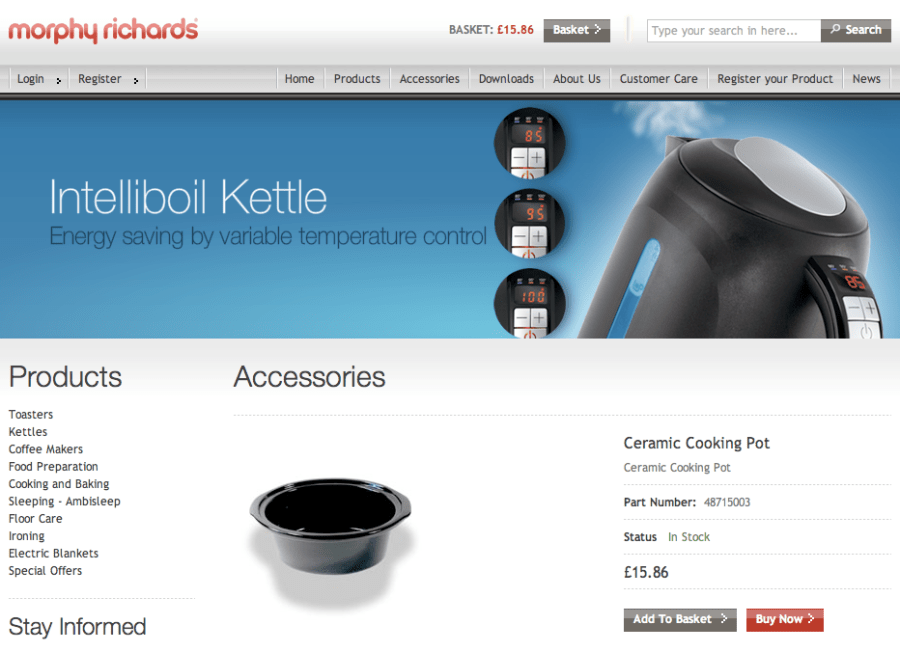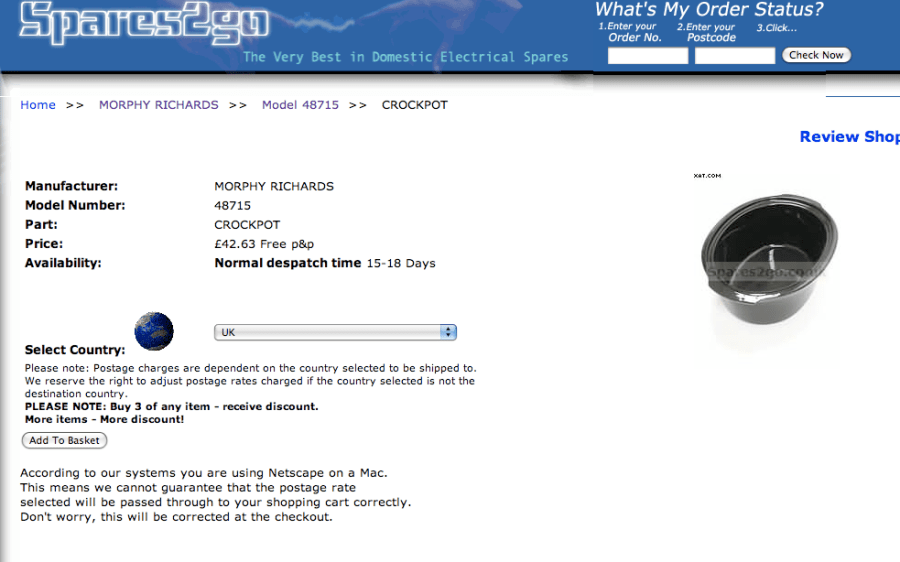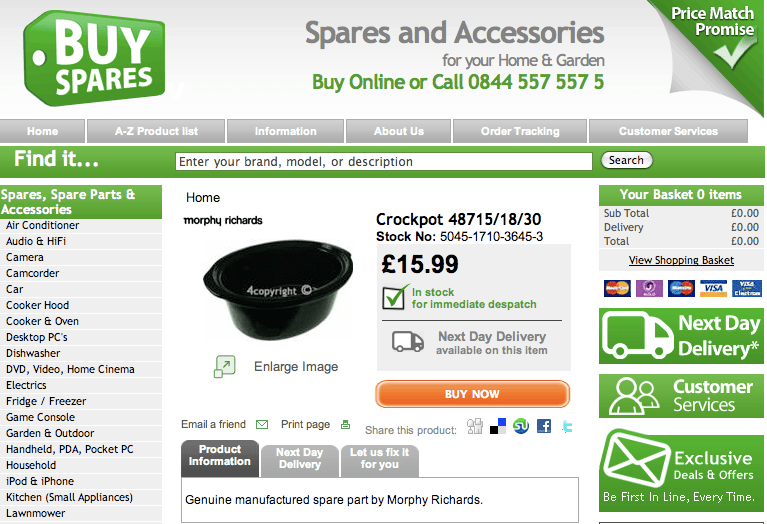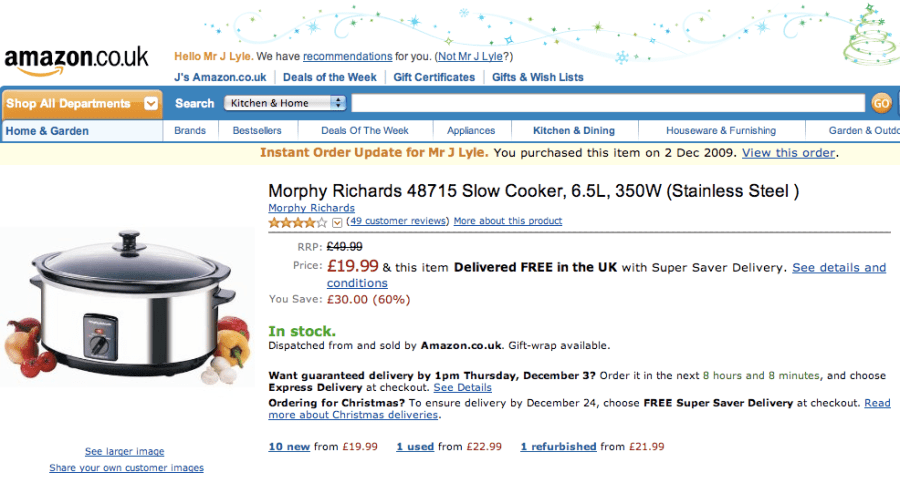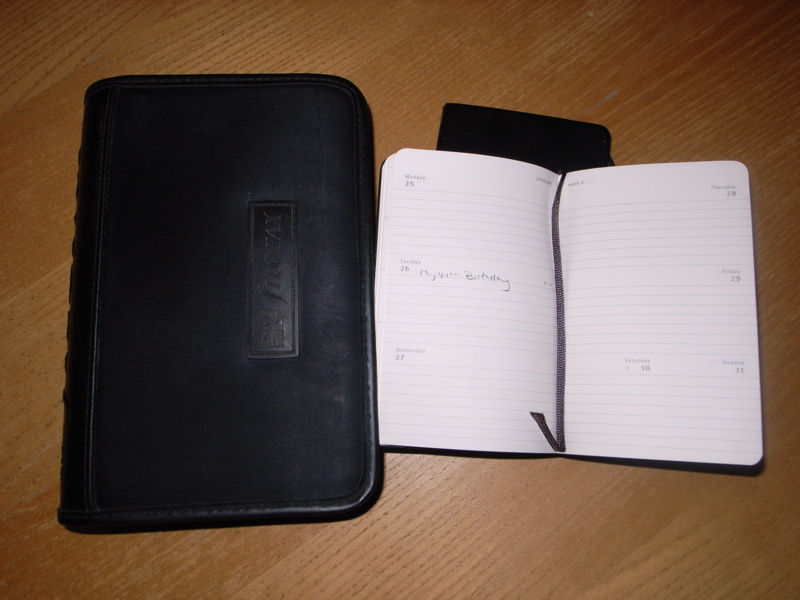
You may have noticed on this blog that I have a list of the best branding books. It has been built up over the years by reading the books and deciding which ones are the most relevant based on 22 years of running a branding and design agency and being involved with thousands of different businesses.
Well for some time now, if you put the search term ‘best branding books‘ into Google I have been at number One. This is partly I think because it’s a good list and partly because I have been doing some SEO experimentation on this page to see what can be achieved by using social media, page titling and some neat URL rewriting.
What you may not realise is that if anyone buys any of the books from the list, then I get a small commission from Amazon (normally 5% or so). It amounts to a few quid a month, sometime as high as £20, so not big beer, but a great test bed for me and an interesting experiment.
Well Amazon have had enough of that commission and now forced their own list to the top of the search. It’s not very good either. Produced by a man called Nick Wreden from Atlanta, it’s more a list of general business books.
It MAY be a complete coincidence, but it does seem remarkable that as I have been doing more and more work on the page to get it to the top of the search and Amazon notice all the extra traffic from my domain on one specific search term and they want a piece of my rather measly action. Hmmm.
Picture by and © Ruby Lyle. Thanks Duck.





